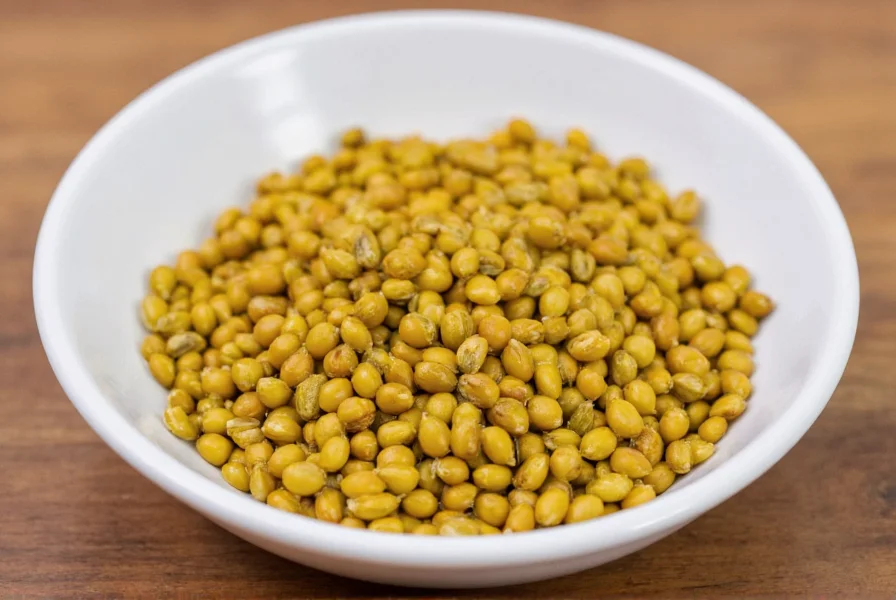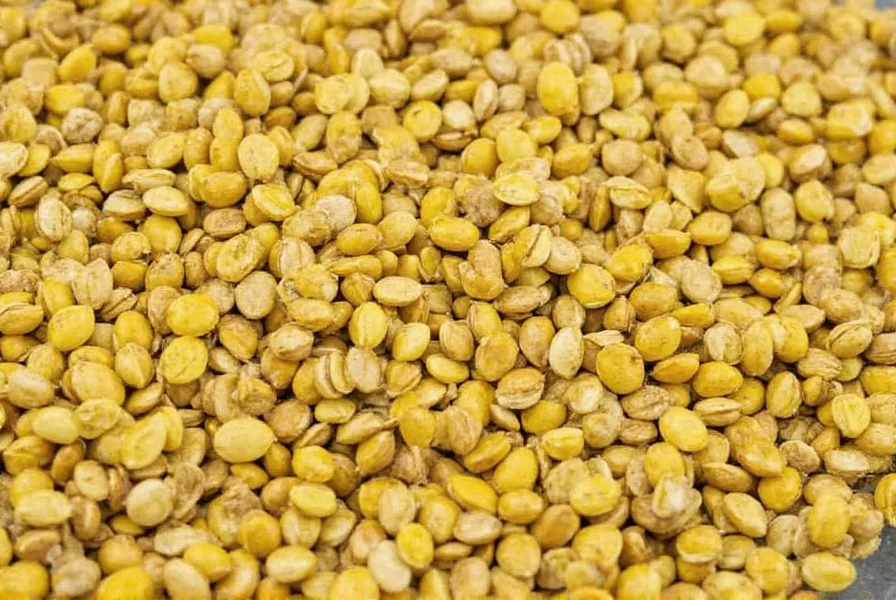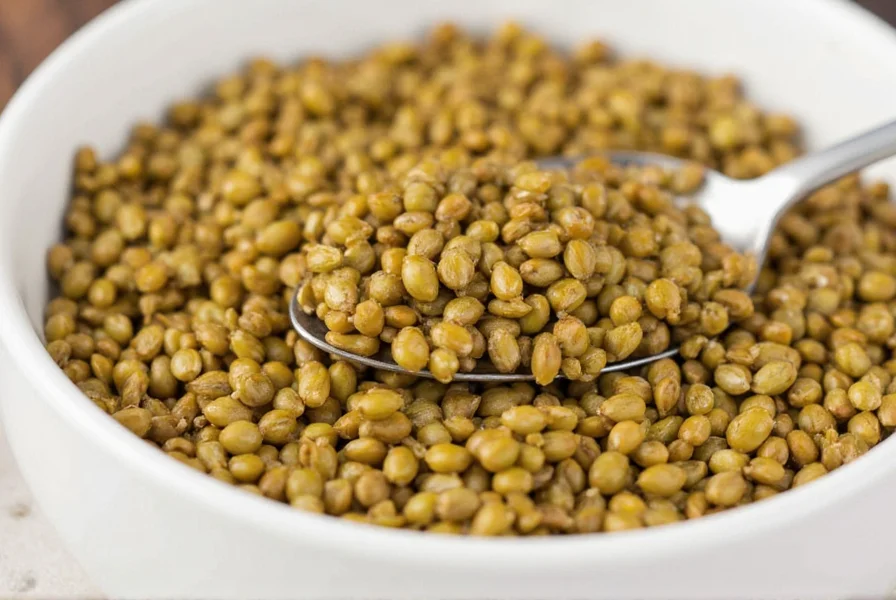These tiny powerhouses of flavor have been transforming dishes for centuries across multiple culinary traditions. While most commonly associated with South Asian cuisine, pickled mustard seeds appear in various forms worldwide, from French cornichons to Eastern European relishes. Understanding their proper preparation and application can elevate your cooking from ordinary to extraordinary.
The Science Behind Pickled Mustard Seeds
When mustard seeds meet acid through the pickling process, a fascinating chemical transformation occurs. The acetic acid in vinegar interacts with the sinigrin compounds in mustard seeds, creating that distinctive pungent yet balanced flavor. Unlike dry mustard seeds which release heat when ground with liquid, pickled mustard seeds offer a more complex flavor profile with reduced sharpness and enhanced tanginess.
Traditional Preparation Methods
Authentic pickled mustard seeds, or kasundi, follow time-honored techniques that maximize flavor development. The traditional Bengali method involves:
| Ingredient | Measurement | Special Notes |
|---|---|---|
| Black mustard seeds | 1 cup | Fresh, high-quality seeds yield best results |
| White vinegar | 2 cups | 5% acidity minimum for proper preservation |
| Water | 1 cup | Filtered or distilled preferred |
| Salt | 2 tablespoons | Non-iodized for best flavor |
| Spices (turmeric, asafoetida, fenugreek) | To taste | Traditional spice blend varies by region |
The preparation process requires patience—true kasundi develops over weeks, not hours. After combining ingredients, the mixture ferments at room temperature for 3-7 days before moving to cool storage. This extended fermentation allows complex flavors to develop fully, creating the distinctive taste that makes homemade versions superior to store-bought alternatives.

Culinary Applications and Pairing Suggestions
Pickled mustard seeds shine in numerous culinary applications beyond their traditional role in Bengali cuisine. Their versatility makes them valuable in multiple cooking traditions:
- As a condiment: Serve alongside grilled meats, particularly lamb or pork, where their acidity cuts through rich fats
- In salad dressings: Replace standard mustard in vinaigrettes for added complexity
- With vegetables: Toss with roasted root vegetables or add to green salads for unexpected flavor dimension
- In sauces: Incorporate into barbecue sauces or aiolis for distinctive flavor
- With seafood: Pair exceptionally well with oily fish like mackerel or salmon
Professional chefs often recommend adding pickled mustard seeds during the final stages of cooking to preserve their distinctive texture and bright flavor. When heated excessively, they can become unpleasantly bitter.
Storage and Shelf Life Considerations
Properly prepared pickled mustard seeds maintain quality for 6-12 months when stored correctly. Key storage factors include:
- Use sterilized glass containers with airtight seals
- Ensure seeds remain fully submerged in brine at all times
- Store in a cool, dark place away from temperature fluctuations
- Refrigerate after opening for maximum shelf life
Signs of spoilage include mold growth, unpleasant odors, or significant color changes. While properly pickled mustard seeds develop complex flavors over time, they shouldn't develop off-flavors or textures.
Common Mistakes When Using Pickled Mustard Seeds
Many home cooks make these errors when working with pickled mustard seeds:
- Overheating: Adding them too early in cooking destroys their delicate flavor profile
- Incorrect proportions: Using too much overwhelms other flavors in a dish
- Improper storage: Leaving them at room temperature after opening causes rapid quality degradation
- Misidentifying varieties: Confusing black, brown, and yellow mustard seeds which have different flavor intensities
For best results, add pickled mustard seeds during the final 5-10 minutes of cooking or use them as a finishing condiment. Start with small quantities (1-2 teaspoons per serving) and adjust to taste.
Nutritional Profile and Health Considerations
Pickled mustard seeds retain many nutritional benefits of raw mustard seeds while adding the advantages of fermentation. A tablespoon serving typically contains:
- Approximately 15 calories
- 1 gram of dietary fiber
- Small amounts of calcium, magnesium, and potassium
- Antioxidants from the fermentation process
The vinegar base contributes probiotic elements that support digestive health. However, those monitoring sodium intake should note that traditional preparations contain significant salt content for preservation.

Frequently Asked Questions
What's the difference between pickled mustard seeds and regular mustard?
Pickled mustard seeds are whole seeds preserved in vinegar with spices, maintaining their texture and offering a burst of flavor. Regular mustard is made from ground seeds mixed with liquid, creating a smooth paste. The pickling process creates a more complex flavor profile with tanginess that regular mustard lacks.
Can I make pickled mustard seeds without specialized equipment?
Yes, you only need basic kitchen equipment: a saucepan, glass jars with lids, and measuring tools. The traditional preparation requires no special equipment beyond what most home kitchens already contain. Sterilizing jars in boiling water ensures proper preservation without needing specialized canning equipment.
How do pickled mustard seeds compare to other pickled condiments?
Unlike capers or cornichons which offer consistent briny notes, pickled mustard seeds provide both sour and spicy elements with each bite. Their unique texture—bursting when chewed—creates a different sensory experience than uniformly textured pickled items. The mustard flavor also interacts differently with other ingredients compared to vinegar-based pickles.
What are the best dishes to feature pickled mustard seeds?
They excel in lentil dishes (dal), vegetable stir-fries, and with grilled meats. In Western cuisine, they work particularly well with roasted root vegetables, in grain salads, and as a topping for burgers or sandwiches. Their versatility makes them suitable for both traditional Indian recipes and contemporary fusion dishes.
How long do homemade pickled mustard seeds need to mature?
For optimal flavor, allow homemade pickled mustard seeds to mature for at least 2-3 weeks before using. While edible immediately, the complex flavors develop fully during this resting period as the spices infuse the seeds and the fermentation process continues. Some traditional recipes recommend waiting 6-8 weeks for the most authentic taste.











 浙公网安备
33010002000092号
浙公网安备
33010002000092号 浙B2-20120091-4
浙B2-20120091-4